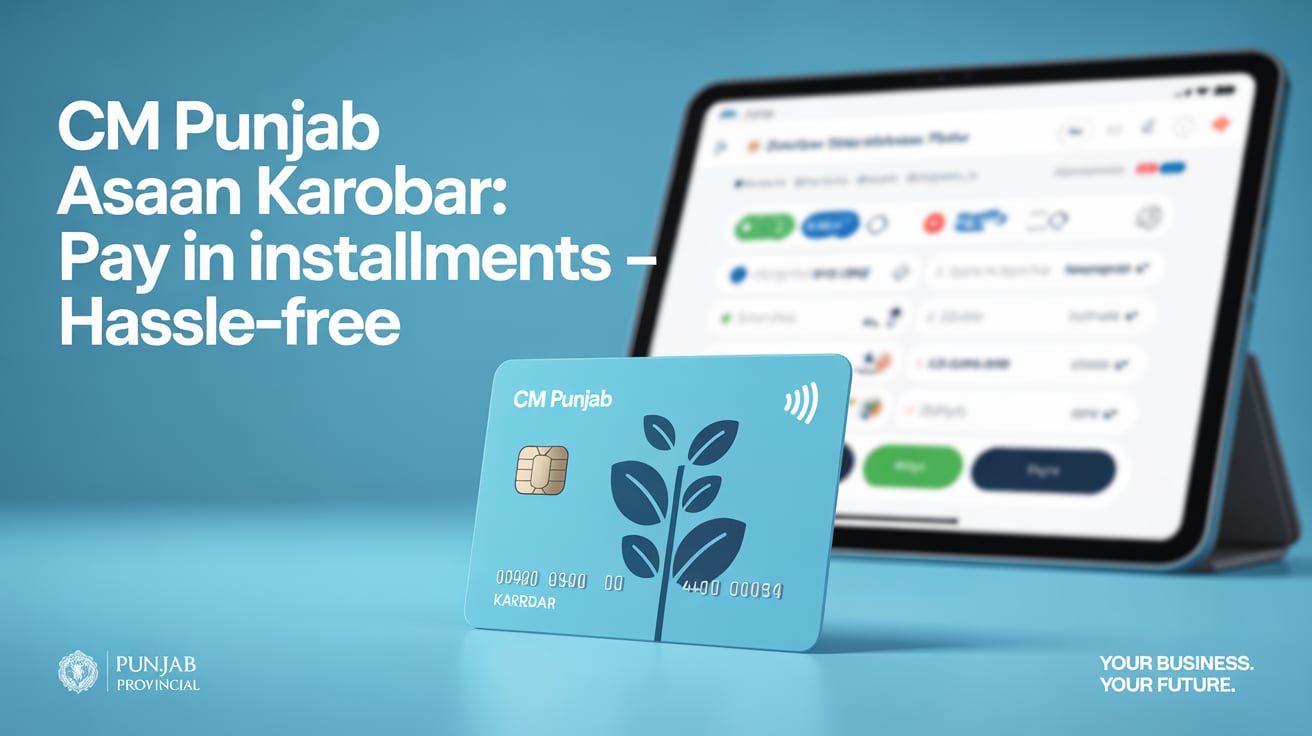January 2025 — and it feels like the world’s getting just a little bit smaller. Online meetings, virtual classes, and digital conferences have become the norm. In this age, a laptop isn’t just a gadget — it’s a gateway to opportunity. That’s why the government’s introduction of the Laptop Scheme 2025 has got people talking. It’s more than a gadget giveaway; it’s a hot ticket that can unlock education, jobs, and connectivity for thousands.
So, what’s the buzz all about? Who gets a laptop? How can you apply? And does this actually help, or is it just another flash-in-the-pan policy? Let’s break it all down — 1,500 words, easy-to-read style, no fluff.
1. What Is the Laptop Scheme 2025?
In a nutshell, the Laptop Scheme 2025 is a government-led initiative aimed at:
- Distributing laptops to underprivileged students
- Empowering young professionals from low-income backgrounds
- Bridging the digital divide in rural and urban areas alike
It’s being run under the banner of the Ministry of Education and the Ministry of IT, with support from provincial governments, universities, and sometimes, tech companies. The core idea? Don’t let lack of expensive hardware hold back talent.
2. Why Now? What’s the Need?
The timing might seem obvious — digital everything took off during the pandemic. But even after Zoom became part of our everyday lives, the digital access gap remained huge:
- Students in far-flung villages couldn’t attend virtual classes
- Jobseekers in small towns couldn’t complete online applications
- Freelancers and interns couldn’t work from home
The result? Opportunity slipped through the cracks.
So in 2025, the government decided enough was enough. It’s not charity — it’s smart public policy. When you put a digital tool in capable hands, productivity and empowerment follow.
3. Who’s Eligible?
You don’t just walk into an office and get a laptop. The scheme targets people who really need it:
- Merit-based distribution
Top-performing students in public universities and colleges, especially those with financial need, get a shot. - Economic criteria
Household income below a certain threshold — say, under PKR 30,000–40,000 per month. - Geographic priority
Special quotas for students in rural regions, underserved districts, and female students (to boost gender equity). - Professional entry component
Early-career professionals in remote areas, especially teachers and healthcare workers, are also on the list.
4. Application Process: Step by Step
Here’s how it usually rolls:
- Announcement Phase
Each semester or academic year starts with an official announcement — via ministry websites, university portals, social media, newspapers, and SMS campaigns. - Eligibility Submission
You fill out a form online. Basic info, academic record, family income, and your university ID. - Verification Stage
Universities and provincial authorities cross-check your details — income certificates, CNIC, utility bills, etc. - Merit List & Fair Balloting
Based on academic scores and economic need. In some cases, a public ballot determines who gets in. - Laptop Distribution Ceremony
Eligible students receive the laptops in person—sometimes with a small certificate ceremony. Occasionally, they get training sessions on basic software and internet safety too.
5. What Kind of Laptops Are We Talking About?
These aren’t top-of-the-line gaming rigs — they’re practical machines tailored for students and professionals:
- Processors: Intel Core i3 / AMD Ryzen 3
- RAM: 8GB to 16GB
- Storage: 256GB SSD (minimum)
- Screen Size: 14″ to 15.6″ — portable yet useful
- Pre-installed OS: Usually Windows 11, sometimes Linux
Basic accessories included — charger, bag, possibly a mouse. In some versions, they throw in a year of warranty.
6. Expected Benefits: What’s in it for the Recipients?
🥇 Education on the Go
Attend classes remotely, access e-books, and complete assignments at home.
💼 Career Boost
Type resumes, apply for jobs, build portfolios — all without needing to visit an internet cafe.
🧑💻 Digital Inclusion
Learn tech skills early — MS Office, coding basics, graphic design; maybe even online certifications.
🧑🏫 Teacher Empowerment
A personal laptop helps teachers design lessons, grade online work, and conduct virtual classes.
🏥 Distance Learning for Healthcare Workers
Training and telemedicine consultations become easier — especially in remote areas.
7. Possible Challenges to Watch
Of course, no policy is perfect. Here are some foreseeable issues:
- Forgery in Forms
People might falsify income or marks. That needs tight cross-check mechanisms. - Post-Distribution Follow-Up
What’s the warranty? Who fixes broken machines? We need a responsive service center network. - Connectivity Costs
A laptop without the internet isn’t enough. Subsidized data packages should accompany the rollout. - Maintenance Culture
There should be guidance on care — battery saving, antivirus, and avoiding viruses.
8. Supporting Measures & Sustainability
To make the scheme effective, the government is pairing laptops with:
- Internet Subsidies — affordable data for students
- Digital Skills Workshops — Excel, coding, video editing
- Local Repair Centers — at universities or IT hubs
- Monitoring System — annual check-ins, usage tracking, surveys
9. Comparative Case Studies
Here’s how other countries handled similar schemes:
- India’s PM e-VIDYA Initiative — distributed tablets and laptops to students; led to increased self-learning
- Uruguay’s Plan Ceibal — “one laptop per child”; bolstered teacher capabilities and rural inclusion
- Kenya’s Digital Access Program — emphasized internet + devices; improved job-seeking success
In each case, laptops alone weren’t enough — the full ecosystem had to be built.
10. Real-Life Stories (Hypothetical Examples)
- Aisha from Dera Ghazi Khan, a bright student whose family couldn’t afford a laptop — now she finishes her engineering projects from home
- Bilal, a fledgling teacher in Mianwali, gets a laptop and starts conducting online revision sessions for remote students
- Sara, a nursing intern in Multan, records patient progress digitally and presents case reports online
These aren’t magic tales — they’re glimpses of what is already happening.
11. Looking Ahead: What Laptop Scheme 2.0 Might Include
In future rollouts, consider:
- Upgrading to higher specs — like Ryzen 5, 512GB SSD for advanced users
- Add-ons — backpacks, mice, digital pens
- Secured Support — longer warranties, hotlines
- Open Source Options — Linux-based builds for programming students
12. Why It’s a Smart Move for the Economy
This isn’t just charity — it’s economic investment. When students get laptops:
- They learn better
- They compete globally
- They become digitally literate workers
- They don’t need costly cyber-cafes
That’s productivity, delivered early. It’s empowerment that ripples outward.
Conclusion: More Than Just a Device
The Laptop Scheme 2025 isn’t about computers. It’s about unlocking potential, driving inclusivity, and connecting dreams to reality.
Yes, there are execution challenges. But if the government backs this with support—connectivity, maintenance, skill training—this could really shift the landscape for low-income students and young professionals.
Think about it: a student in a remote village, an aspiring teacher in an under-prioritized district, a budding freelancer without resources — suddenly armed with a tool that makes the world reachable.
Here’s hoping it’s just the beginning of a digital revolution in access, opportunity, and equity.



